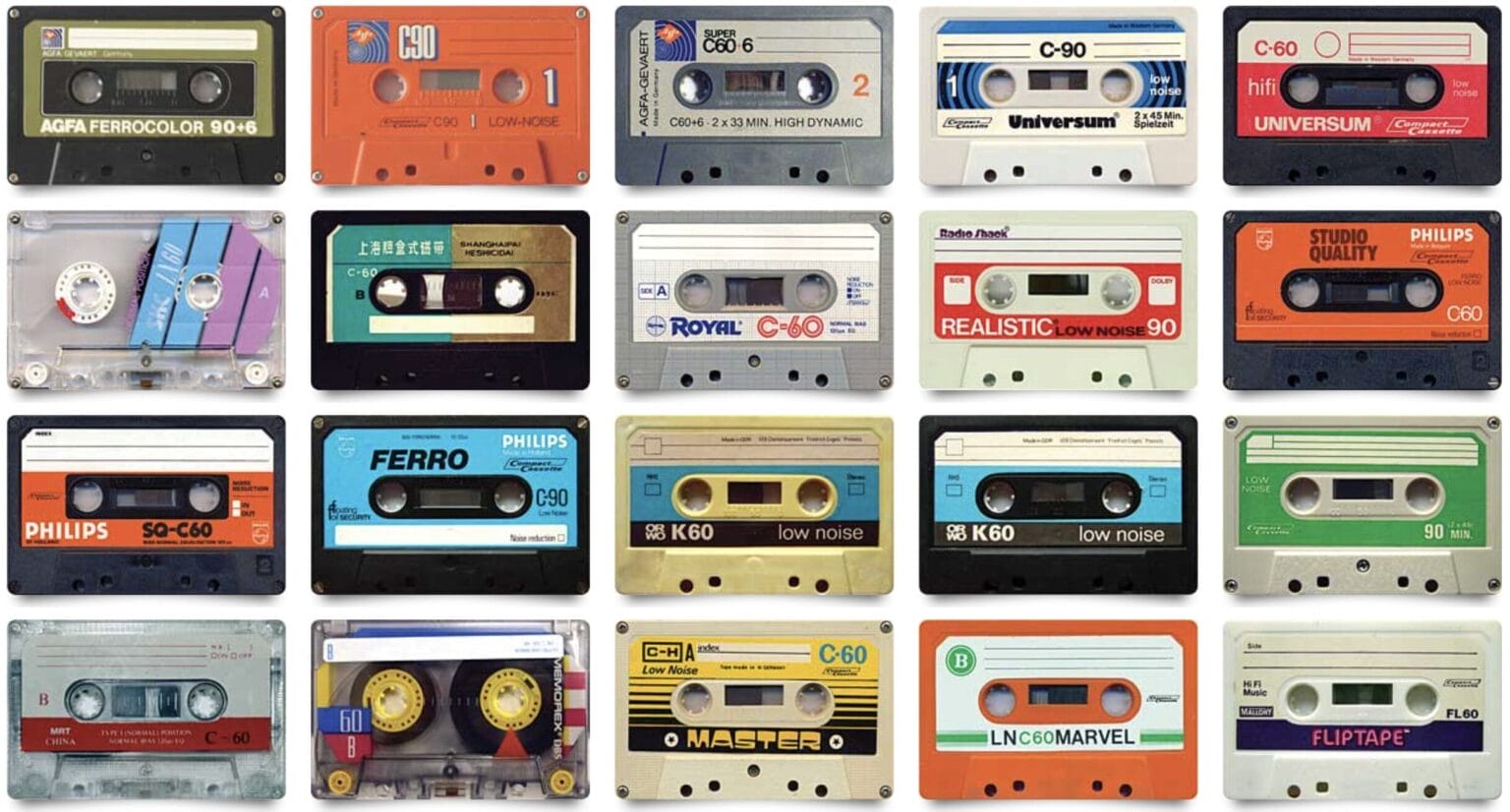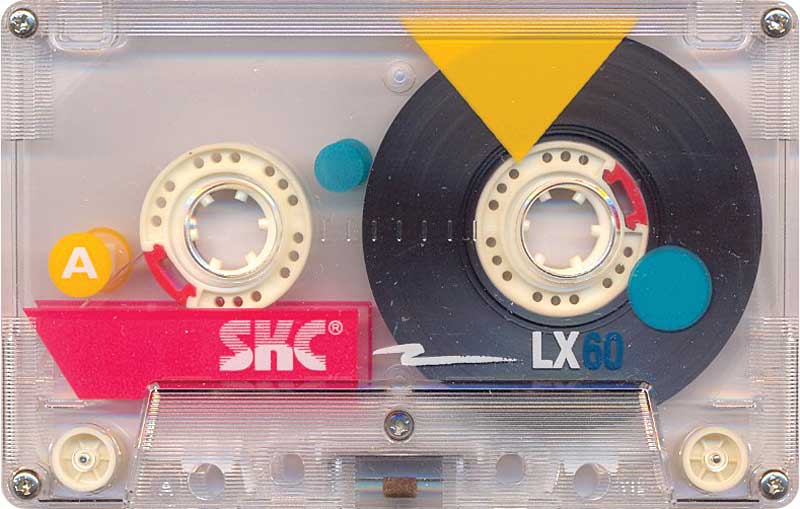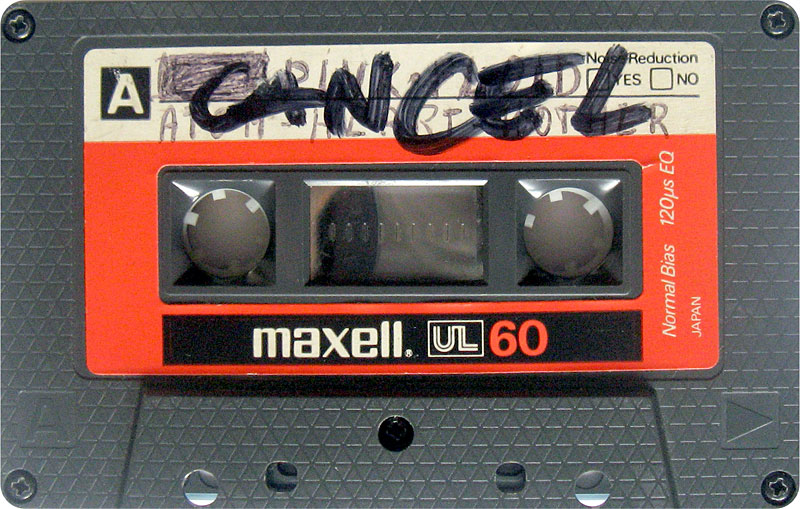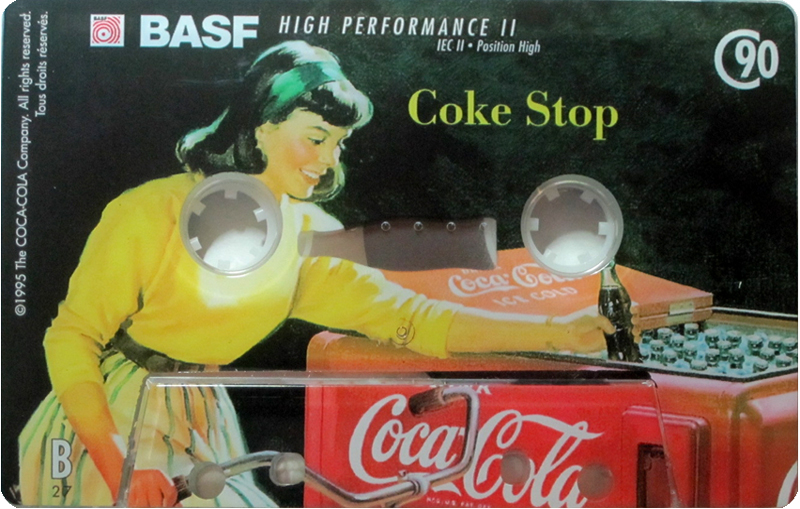

Audio cassette tapes first appeared on the market in the early nineteen-sixties, but it would take about a decade before they came to dominate it. And when they did, they’d changed the lives of many a music-lover by having made it possible not just to listen to their albums of choice on the go, but also to collect and trade their own custom-assembled listening experiences. By the eighties, blank tapes had become a household necessity on the order of batteries or toilet paper for such consumers — and just as with those frequently replenished products, everyone seemed to have their favorite brand.


Some preferred tapes from Philips, which developed the format of the Compact Cassette in the first place. Others had their pick from Fuji, BASF, Sony, Radio Shack, Scotch (which also made tape of the sticky variety), and a host of other brands besides.
Even some members of post-cassette generations recognize the old tagline “Is it live or is it Memorex?” or Maxell’s “Blown Away Guy” in his scarf and LC2. If you’re old enough to have done taping of your own, you don’t need a logo to recognize your brand; you’ll know it as soon as you spot the design of the cassette itself in the online archive at tapedeck.org.


“I built tapedeck.org to showcase the amazing beauty and (sometimes) weirdness found in the designs of the common audio tape cassette,” writes the site’s creator Oliver Gelbrich. “There’s an amazing range of designs, starting from the early 60’s functional cassette designs, moving through the colorful playfulness of the 70’s audio tapes to amazing shape variations during the 80s and 90s.” You can browse the ever-expanding collection by brand, running time, color, and even tape coating: chrome, ferro, ferrochrome, and metal, by whose differences audiophiles set great store.


Somewhat improbably, in this age where even home CD-burning has been displaced by near-instantaneous streaming and downloading of digital music, the cassette tape has made something of a comeback. The near-mythological allure of the mixtape has only grown in recent years, during which artists both minor and major have put out cassette releases — and in some cases, cassette-only releases. This seems to be happening around the world: a few weeks ago, while strolling an art-school neighborhood in Seoul, where I live, I passed a coffee shop that offered its young customers rentals of both tapes and Walkman-style players on which to listen to them. As another generation-transcending slogan has it, everything old is new again.
via Colossal
Related content:
Home Taping Is Killing Music: When the Music Industry Waged War on the Cassette Tape During the 1980s, and Punk Bands Fought Back
Listen to Audio Arts: The 1970s Tape Cassette Arts Magazine Featuring Andy Warhol, Marcel Duchamp & Many Others
The Beauty of Degraded Art: Why We Like Scratchy Vinyl, Grainy Film, Wobbly VHS & Other Analog-Media Imperfection
Attention K‑Mart Shoppers: Hear 90 Hours of Background Music & Ads from the Retail Giant’s 1980s and 90s Heyday
A Free Digital Archive of Graphic Design: A Curated Collection of Design Treasures from the Internet Archive
Based in Seoul, Colin Marshall writes and broadcasts on cities, language, and culture. His projects include the Substack newsletter Books on Cities and the book The Stateless City: a Walk through 21st-Century Los Angeles. Follow him on Twitter at @colinmarshall or on Facebook.





